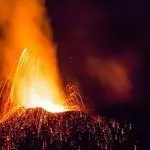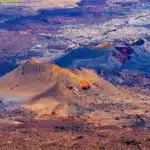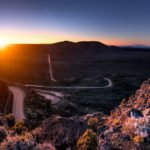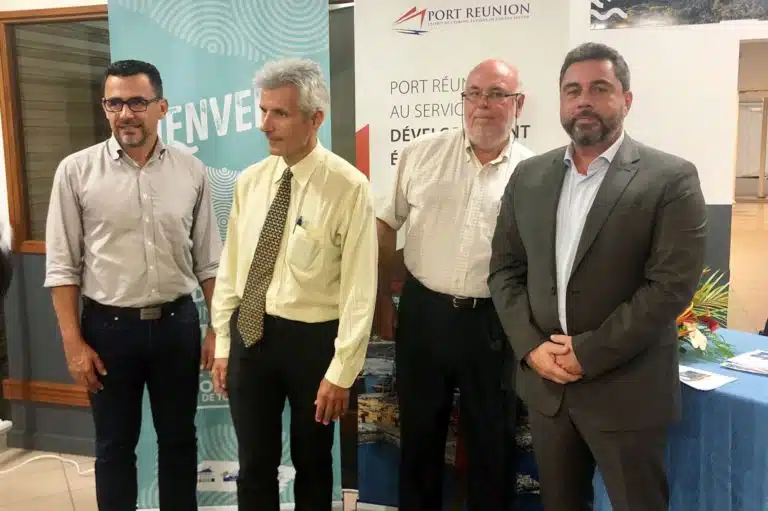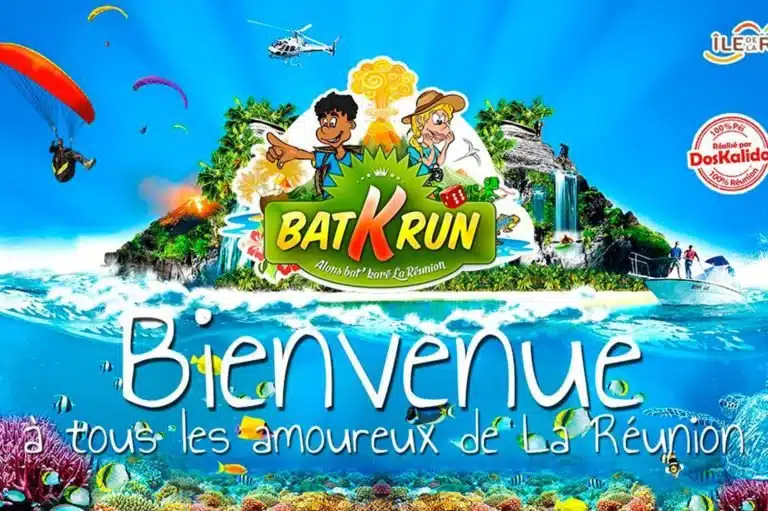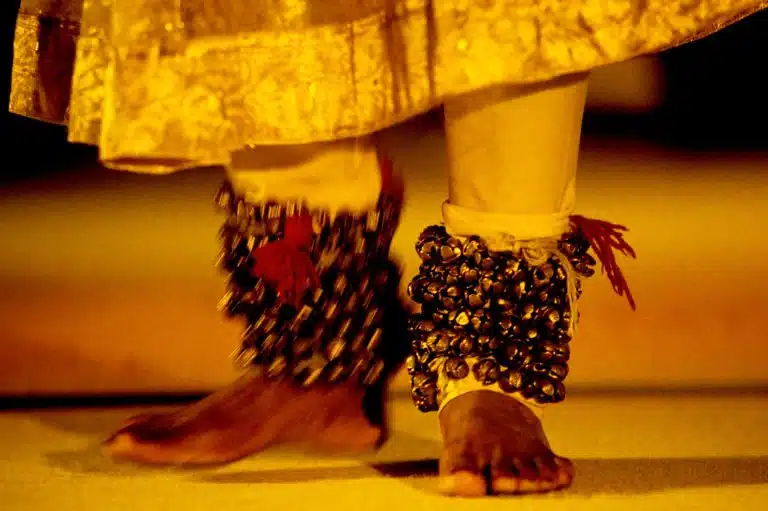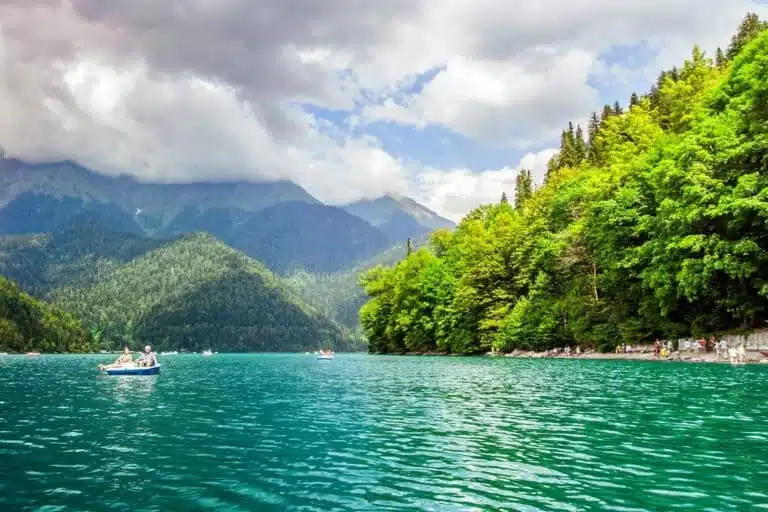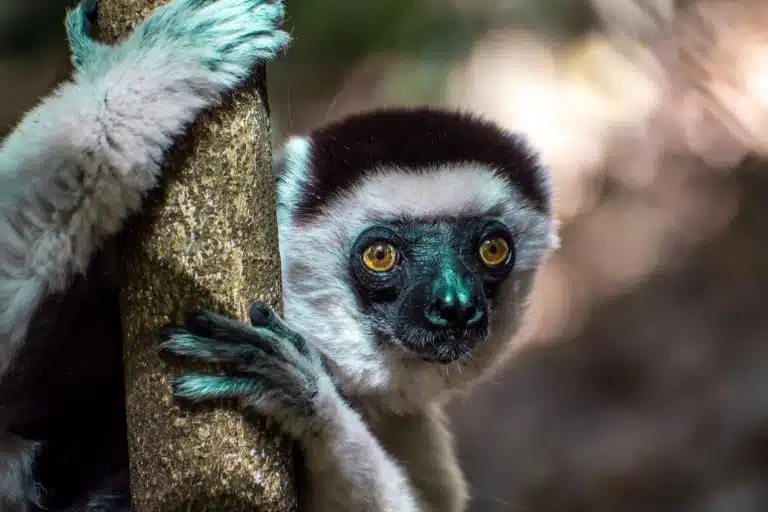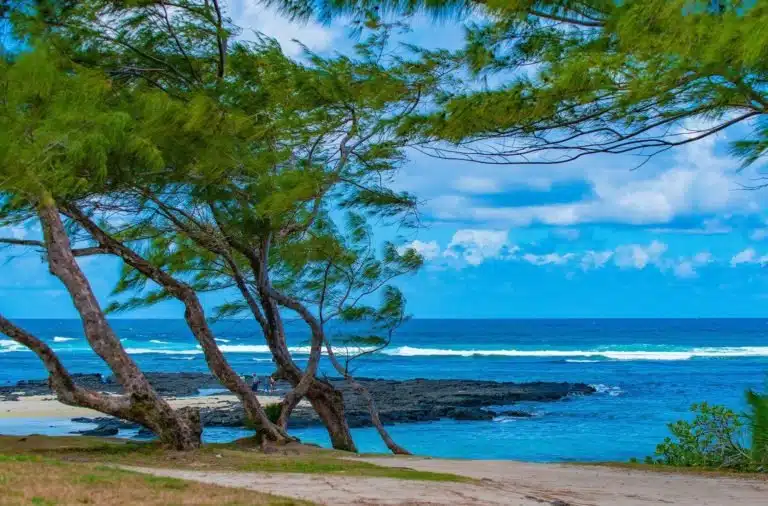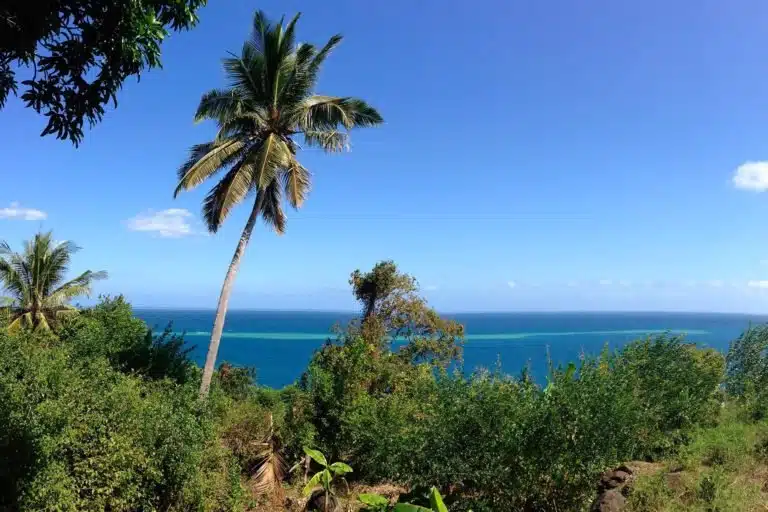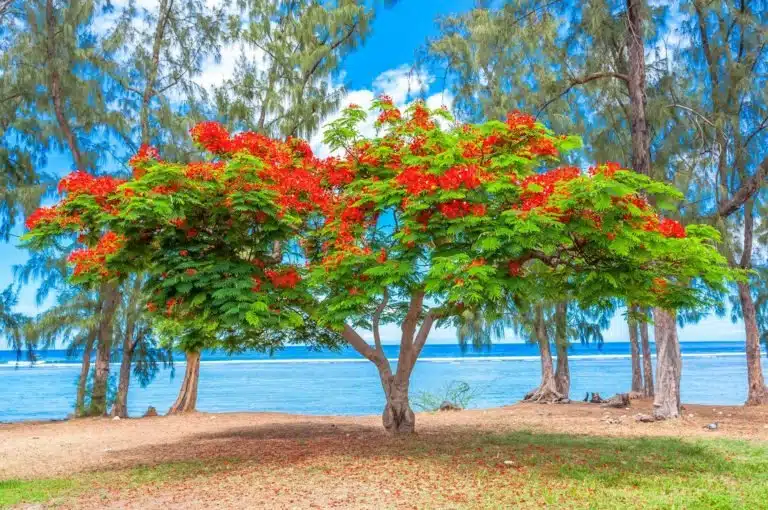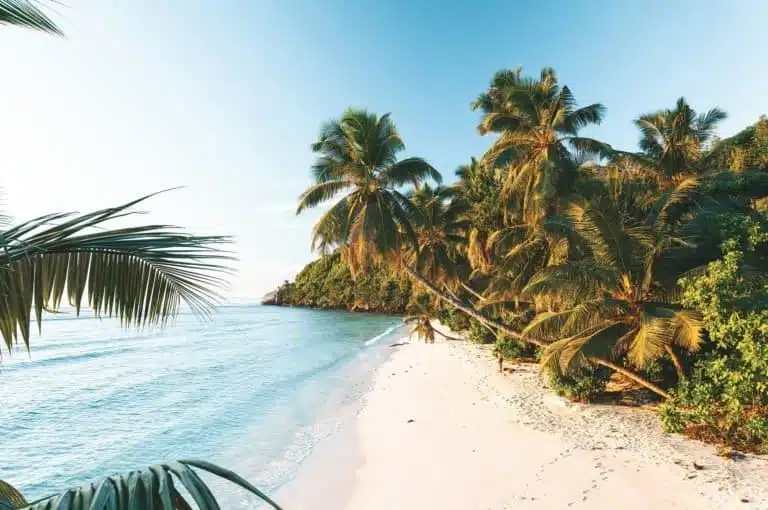LA REUNION, FRANCE IN INDIAN OCEAN
Reunion island is a tropical island on the east of Africa, 800 kilometres east of Madagascar in the Indian Ocean. Reunion island with the islands of Mauritius and Rodrigues make up the Mascarene Islands. With Mayotte they are the only French overseas departments in the southern hemisphere 9,180 kilometres from mainland France. With its tropical forests, volcanic massifs and sugarcane plantations, Reunion island is a truly colourful island.
Visitors are quick to see its appeal : tourism has been booming for many years. The island boasts an ethnically diverse population and a wide range of fauna and flora. The coconut trees, vanilla plants, mango trees and the perfumed vetivergrass are famous tourists attractions. An all-important location in the southwest of the Indian Ocean, this french territory since 1638 became a French department in 1946.
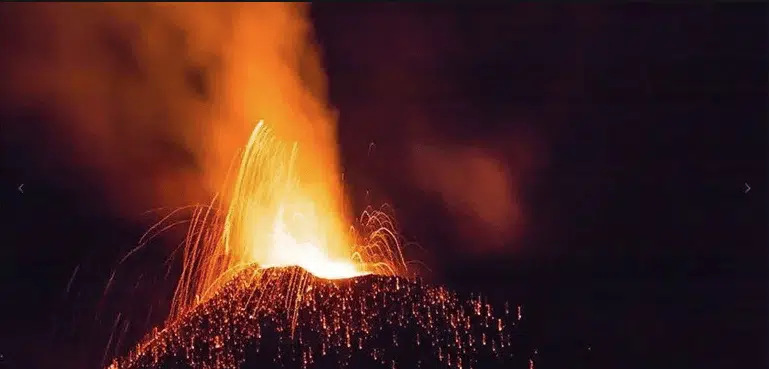
GEOGRAPHY OF THE REUNION ISLAND
With a total area of 2512 square kilometres, the island has 210 kilometres of mostly coastline. There are 25 kilometres of white sandy beaches and nearly 14 kilometres of black sandy beaches in the west of the island. Reunion island offers a natural shelter for sailing in the Bay of Saint Paul. It has two volcanic areas.
In the northwest, the Piton des Neiges (3,071 metres) overlooks the island and the calderas . They are named cirque de Cilaos, cirque de Salazie and cirque de Mafate. This last village, home to 700 people, is inaccessible by car.
The landforms are the result of the collapse and erosion of the flanks of the old volcano.
In the southeast, the Piton de la Fournaise (2,631m) is an active shield volcano. It is a particularly active volcano, which erupts very often. The spectacle is always enjoyed by the locals. The Plaine des Cafres and the Plaine des Palmistes which converge at the Col de Bellevue link two massifs, the Piton des Neiges and the Piton de la Fournaise.
The shape of the island, which experiences heavy rains during the wet season resulted in the formation of innumerable ravines and rivers. They descend from the summits, with steep gorges and quieter areas, filled with rocks and, in some cases, beautiful waterfalls and pools.
The east and windy side of the island has high levels of rainfall and is home to various rivers (the Mât, the Marsouins and the East rivers).
It contrast to the arid lands of the sheltered west coast.
FLORA IN THE REUNION ISLAND
The vegetation, which has many endemic species, changes with the altitude and the climate. Tropical forest and dry savannah, sugarcane plantations and fruit trees. The forest is home to extraordinary tree ferns and fantastically colourful birds.
More than 40% of the island is part of the Unesco world heritage site.
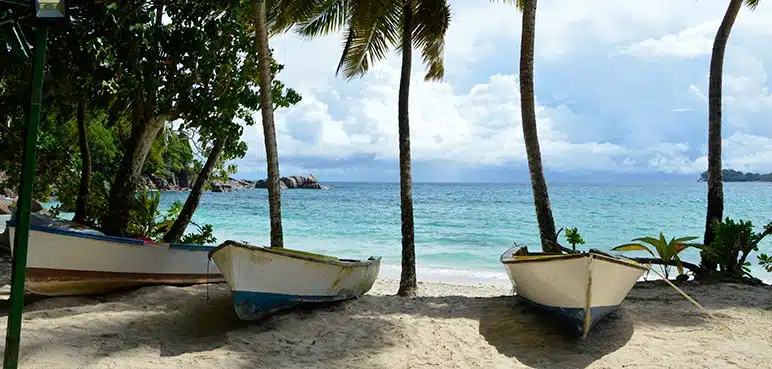
CLIMATE – REUNION ISLAND
The tropical climate is strongly influenced by trade winds. They differ significantly across the island, depending on the location and the topography. The average temperature is 20°C on the coast and 14°C inland. It should be noted that nocturnal frosts occur at altitudes of 2,000m and above. The hurricane season lasts from December to April.
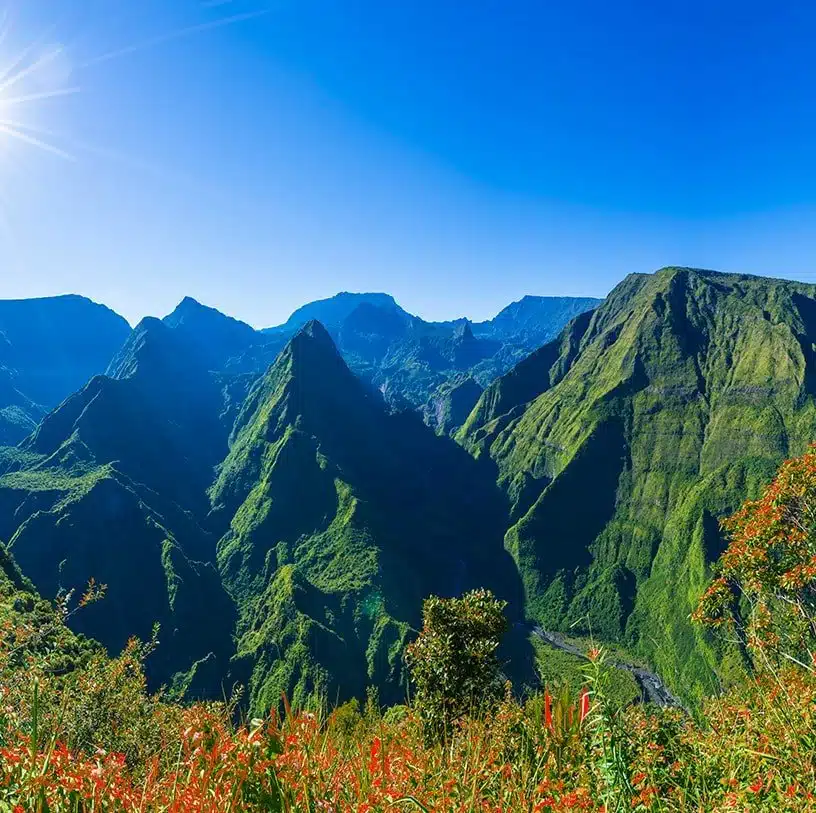
POPULATION OF THE REUNION ISLAND
The population was estimated to be 866506 in 2019.
The people of La Reunion are diverse and have a wide range of origins : African, Malagasy, European, Indian, Chinese and more. The origins are celebrated by a lot of events.
Natural growth is the driving force in the population growth, accounting for 95% of the population increase since 1999. Changes to the population caused by migration, which was particularly beneficial for the island during the 1990s, has declined considerably since then.
The two biggest cities in terms of population are Saint Denis and Saint Paul.


